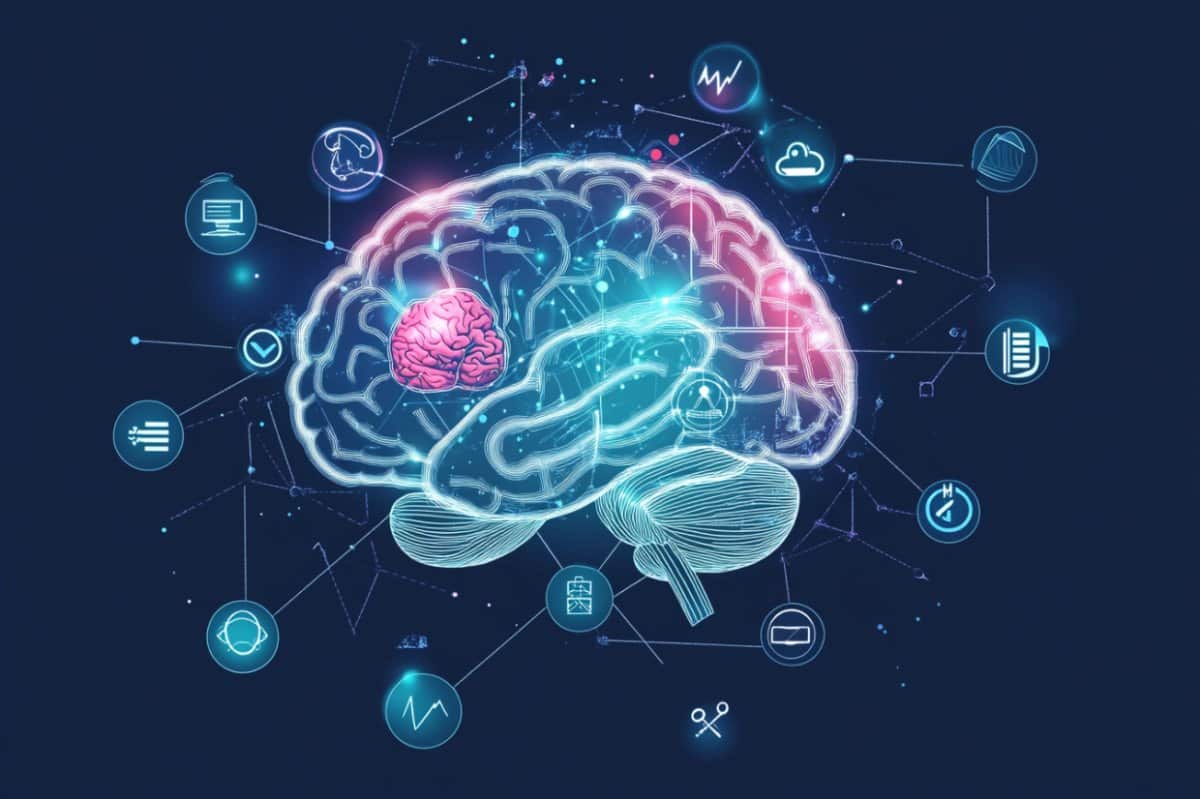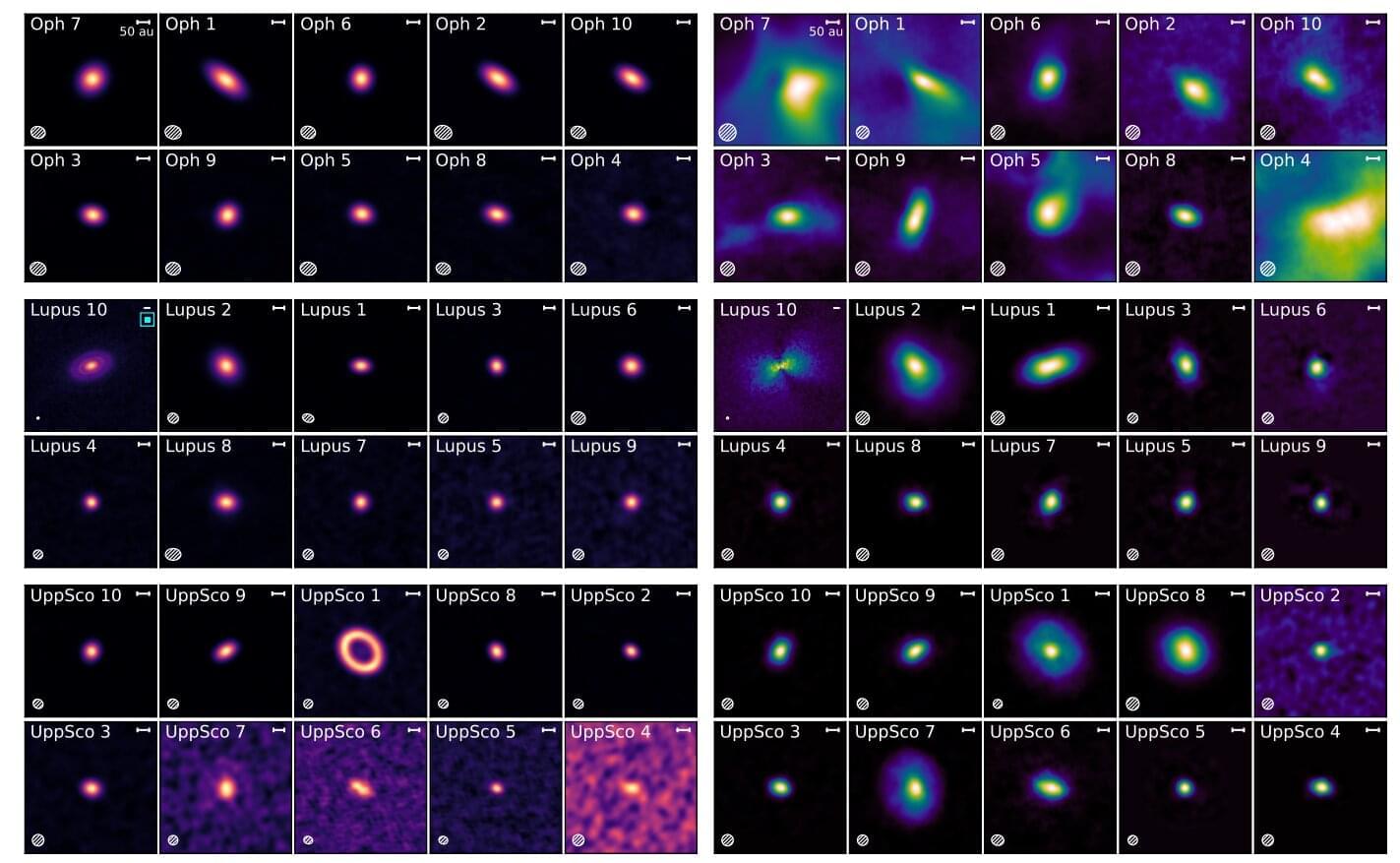For Martin Schrimpf, the promise of artificial intelligence is not in the tasks it can accomplish. It’s in what AI might reveal about human intelligence.
He is working to build a “digital twin” of the brain using artificial neural networks — AI models loosely inspired by how neurons communicate with one another.
That end goal sounds almost ludicrously grand, but his approach is straightforward. First, he and his colleagues test people on tasks related to language or vision. Then they compare the observed behavior or brain activity to results from AI models built to do the same things. Finally, they use the data to fine-tune their models to create increasingly humanlike AI.









